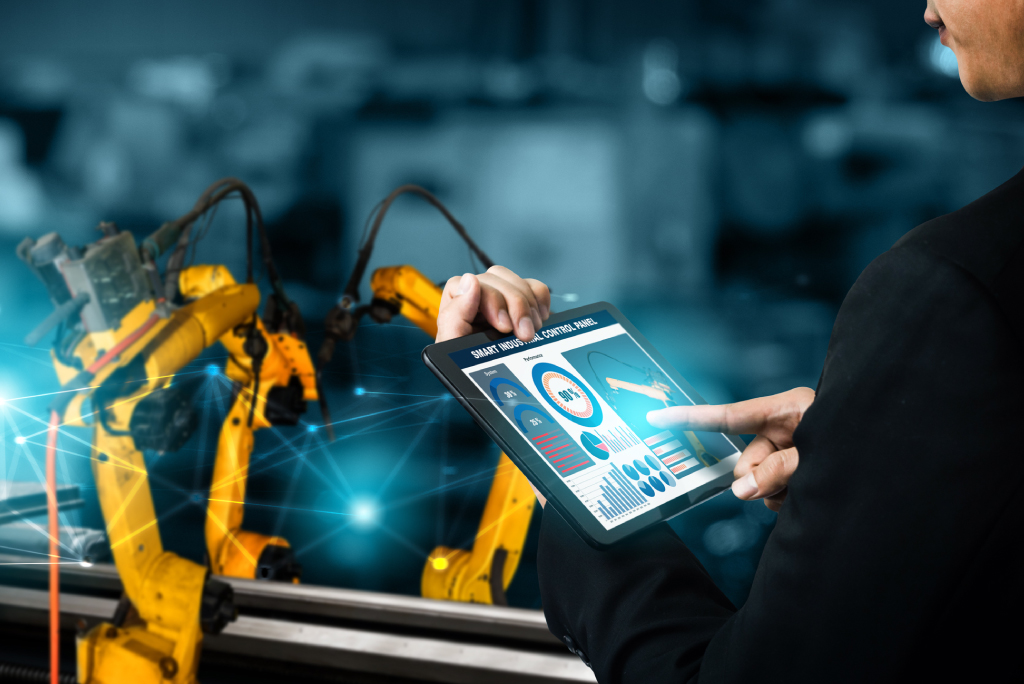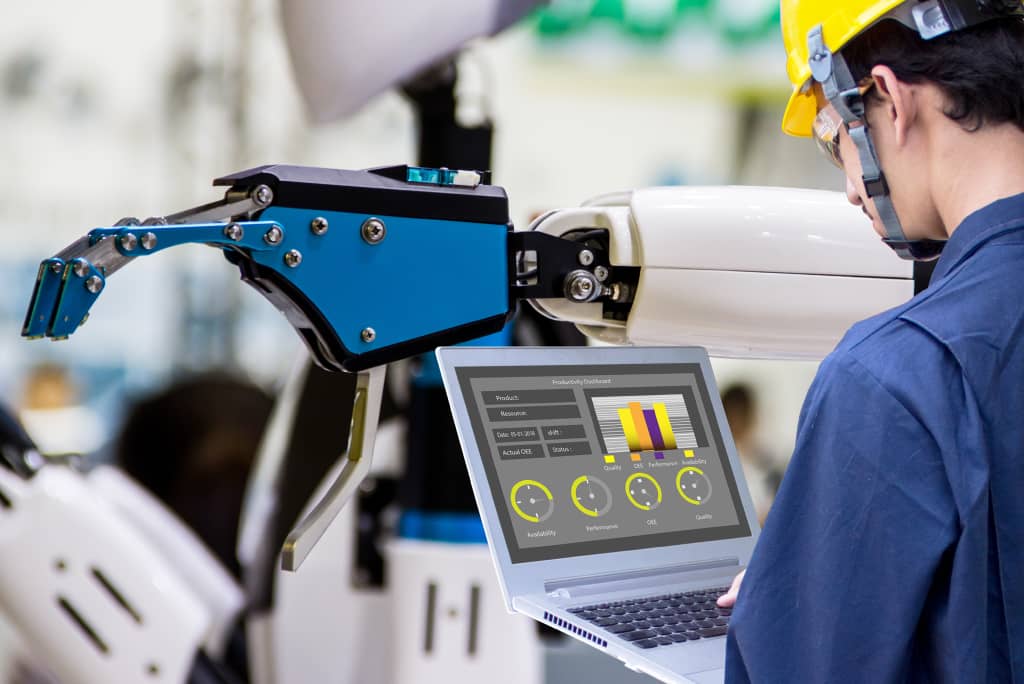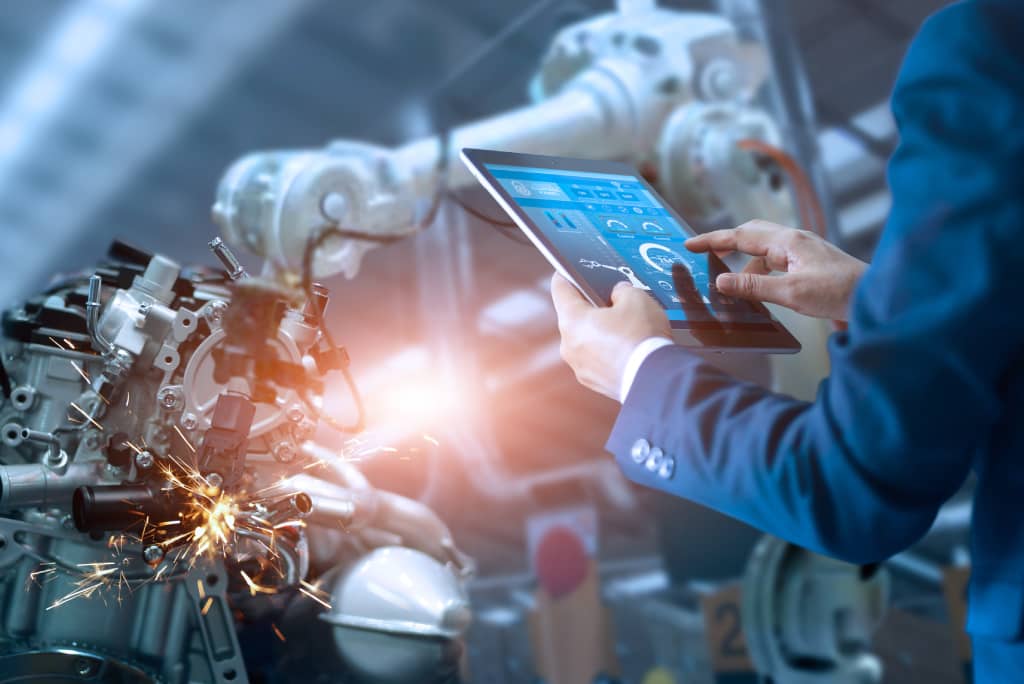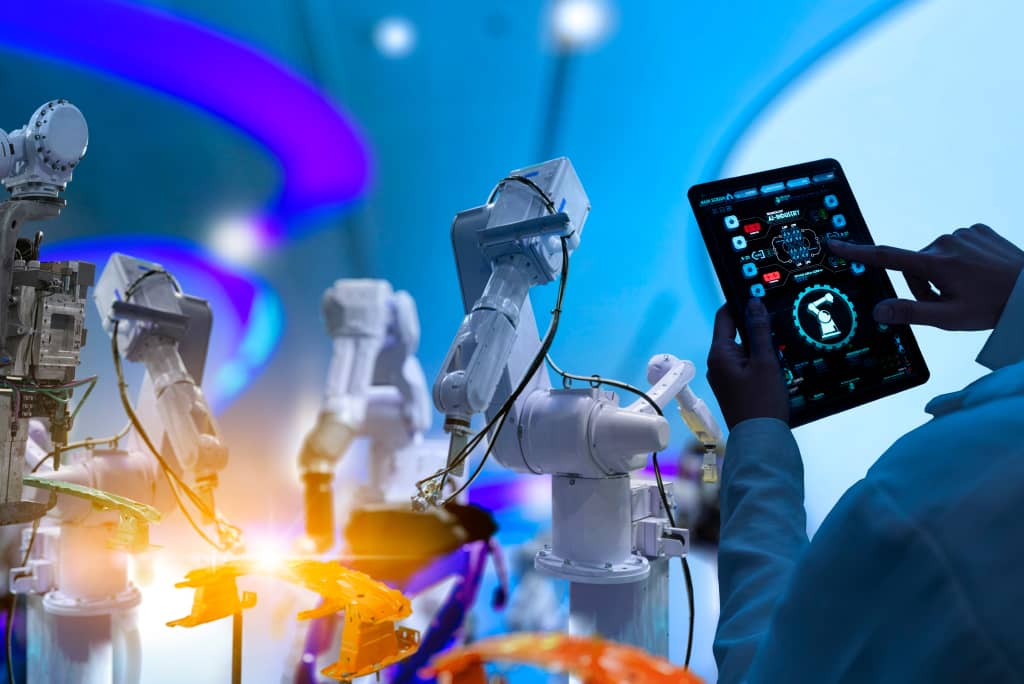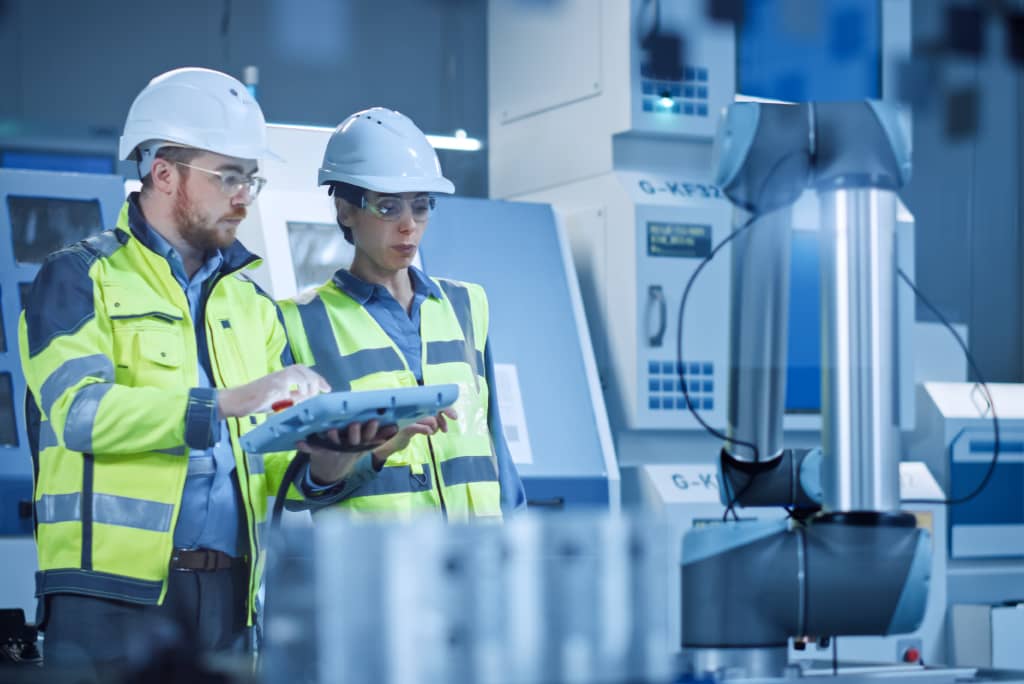RECENT POSTS

Reinvention of Programming and Startup Methodology
From a remote location via his VPN connection, Pacific Blue Engineering’s (PBE) Rain Swan carefully observes a calibration process on his client’s newly delivered press. As he watches his online Human Machine Interface (HMI), a parallel live copy of what the personnel near the machine are seeing, he directs the field technician to make minor adjustments to the location of a stop switch. The result is a perfect stop and finished calibration based on a plan developed by PBE and the press OEM delivered efficiently to the end customer.
Not long before the COVID 19 pandemic, the PBE’s OEM client was engaged in critical vision about their product offering. Their desires were simple: they wanted to develop and deploy their press systems to their worldwide customer base more efficiently and with less customization per unit. Fortunately, they had an existing relationship with PBE and they began to collaborate on this effort. This decision would pay huge dividends in the short and long term.
The OEM’s presses have been utilized to form metal products such as ones that would fit in the palm of a hand to objects as large as an executive desk. Typical press control functions were for pressure, temperature, and process segments, and included many featured enhanced infeed and outfeed systems including robot integration. Many machines were successfully deployed but the core PLC and Human Machine Interface (HMI) programs were frequently developed by different programmers. The different programs reflected the unique structure and functionality of whoever worked on that system. This methodology served them well while the OEM was smaller, but it would be difficult to scale this to a larger client base with a wider variety of machines.
The Pacific Blue team was uniquely positioned to succeed in this endeavor. Their methodical problem-solving approach pushed them to examine the basic system functionality across the widest array of prior and future machines. Once the operating specifications were finalized, the PBE team developed PLC and HMI programs that reflected the core system programming along with the broadest range of possible system options. The result was a flexible program solution that covers base functionality and incorporates the addition of machine options in the field via simple enabling or disabling of code and user visibility.
With PBE support, the OEM achieved the initial goal of developing a system platform that could be reused for many machines and related options. From there the benefits exponentially grew. Their project leads and commissioning teams were quickly trained on the deployment of the revised solutions. The energy spent on yesterday’s efforts to understand each machine’s custom development was refocused on efficient deployment and commissioning. Teams were trained and standard documentation developed, all of which later contributed to a track record of success.
The final piece of the puzzle reflected the culmination of all the planning, development, and training. This was the ability to deploy the systems efficiently in the field with less personnel and related travel expenses than in the past. Pacific Blue’s team was pleased to provide this supporting service as well. By leveraging not only the flexible platform that they’d developed but also modern technology, PBE became the efficient startup team for the electrical and control systems that their client envisioned at the outset. As the variability associated with each machine decreased, the inverse ability to capably deploy the systems increased. PBE’s team uses tools such as VPN tunnels or routers with cellular connectivity to access the machines during their startup phase while being secure. The end client retains control of when the machinery can be accessed and by who. This access, combined with the revised approach to programming and collaborative history with the press OEM’s field team, delivers the streamlined solution that was the goal from the outset.
Today the startup of these presses looks much different than it did in the past. The team is smaller and there are less personnel on standby waiting for their turn to work. With the detailed installation and commissioning plan in hand, the project manager coordinates the necessary physical efforts of rigging, power, and other plant connections. As situations develop that would tweak the schedule and potentially upset logistics and finances, the revised scenario allows the team to roll with the changes and simply adjust the schedule window for the next people in the startup chain. No additional days in hotels or change fees to airlines and auto rentals are incurred. On the remote end, the PBE team can rotate different work into any newly created time slots and move forward with far less interruption to their activities as well.
The technical startup is handled via the remote connection to the PBE team lead, typically Rain Swan, and runs the machine through its planned paces. The onsite installation manager acts as his eyes and ears on the physical equipment while Rain carefully observes operations and process parameters via his mirrored HMI and online PLC programs. The pair executes the startup and testing plan, with alerts and countdowns preparing for each action and the results captured and validated remotely by the PBE technician. The flow is seamless, the result of both planning and the experience gained by the OEM and PBE teams working closely on many prior installations.
The technical world was advancing towards the point of remote work and lesser personnel onsite for the past decade, a situation that was accelerated by the recent COVID-19 pandemic. This specific OEM arrived at a successful vision much easier than their peers due to the prior investment they made in the upfront preparation and their alignment with Pacific Blue Engineering. Presses are now delivered with less variability by smaller, less expensive startup teams in less time than in the past…truly a win for the OEM, their clients, and Pacific Blue Engineering.
similar posts
Certifications
Contact Us
Telephone:
Corporate Office “The Shop”
Pacific Blue Engineering, LLC
2880 Orange Ave
Long Beach, CA 90755
© All contents copyright © 2023 by Pacific Blue Engineering

